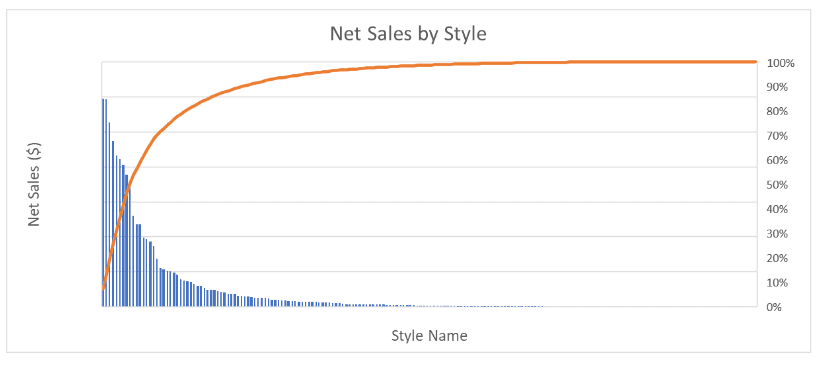A Canadian denim retailer that manufactures and distributes denim goods
The client experienced a sharp increase in D2C business through e-commerce and retail partners. Growth-driven complexity compounded by broken processes and undefined rules resulted in ~$7M in excess inventory. This created cash flow challenges and exposed inefficient inventory planning, forecasting, & management (IPFM) practices. The client required an assessment of their current IPFM processes and a roadmap to evolve, standardize, and optimize the current state with a strong focus on technologies enabling this transformation.
To identify the root causes of the pain points within the IPFM processes, our team conducted interviews with key stakeholders across all departments involved to develop an enterprise process map. This shed light on the interdepartmental dependencies, conflicting measures of success in each department, siloed operations and communication gaps, as well as unclear roles and process ownership. This exercise also revealed low operational maturity with the use of outdated technologies and highly manual processes, resulting in data integrity issues, and more time spent gathering information than analyzing it to support data-driven decisions. Additionally, a review of the inventory and product mix revealed that a subset of SKUs made up the majority of sales, creating an opportunity to reduce the product set, streamline production, and simplify processes from design to post–sale activities. Through this 4-week engagement, The Poirier Group provided the client with:
After this engagement, the client was equipped with a prioritized roadmap of six programs, sequenced to address the most pressing issues first, including:
